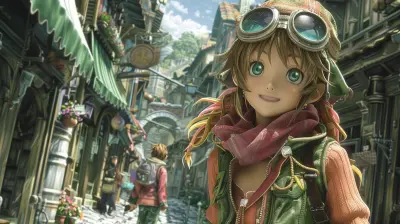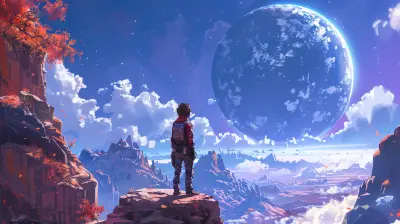The Intersection of Art and Gameplay in Single Player Games
2 September 2025
Video games have come a long way from pixelated screens and 8-bit music. Today, they’re more than just lines of code—they're masterpieces. You don’t just play a game anymore; you step into a living, breathing world full of color, emotion, and meaning. Especially in single-player games, the boundaries between art and gameplay have started to blur in the most fascinating ways.
Let’s dive into the colorful and thought-provoking intersection of art and gameplay in single-player titles and why this blend is changing how we experience games forever.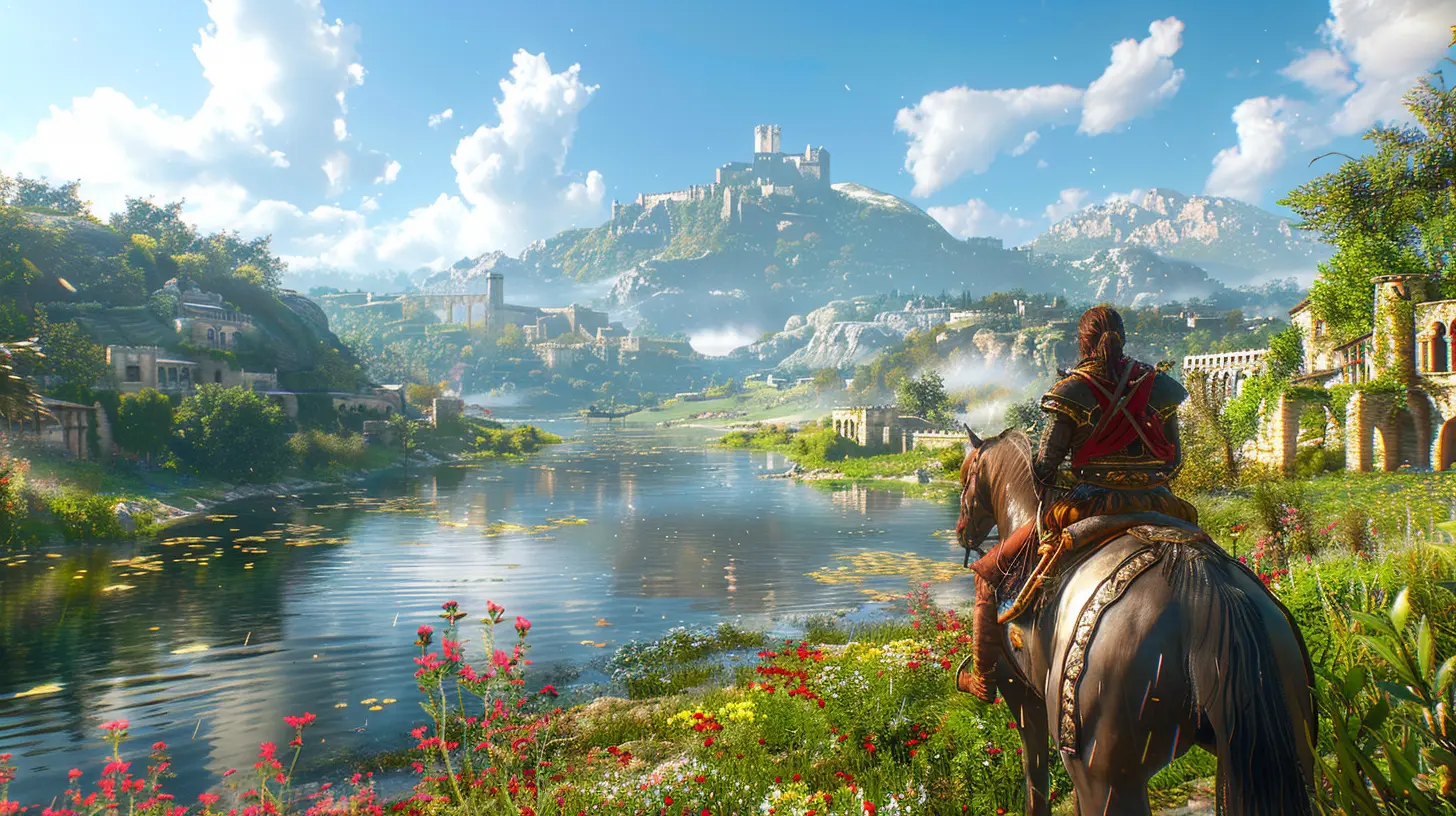
What Does “Art” Mean in Video Games, Anyway?
Before we go any further, let’s ask ourselves: what exactly is "art" in the context of video games?Art isn't just the graphics or how realistic a game looks. It includes the storytelling, the world-building, the music, the way characters are designed, and even how the game makes you feel.
Think of it like a dance between visuals, sounds, writing, and interactivity. And when all those elements click just right, the player's journey becomes something more. Something personal. Something unforgettable.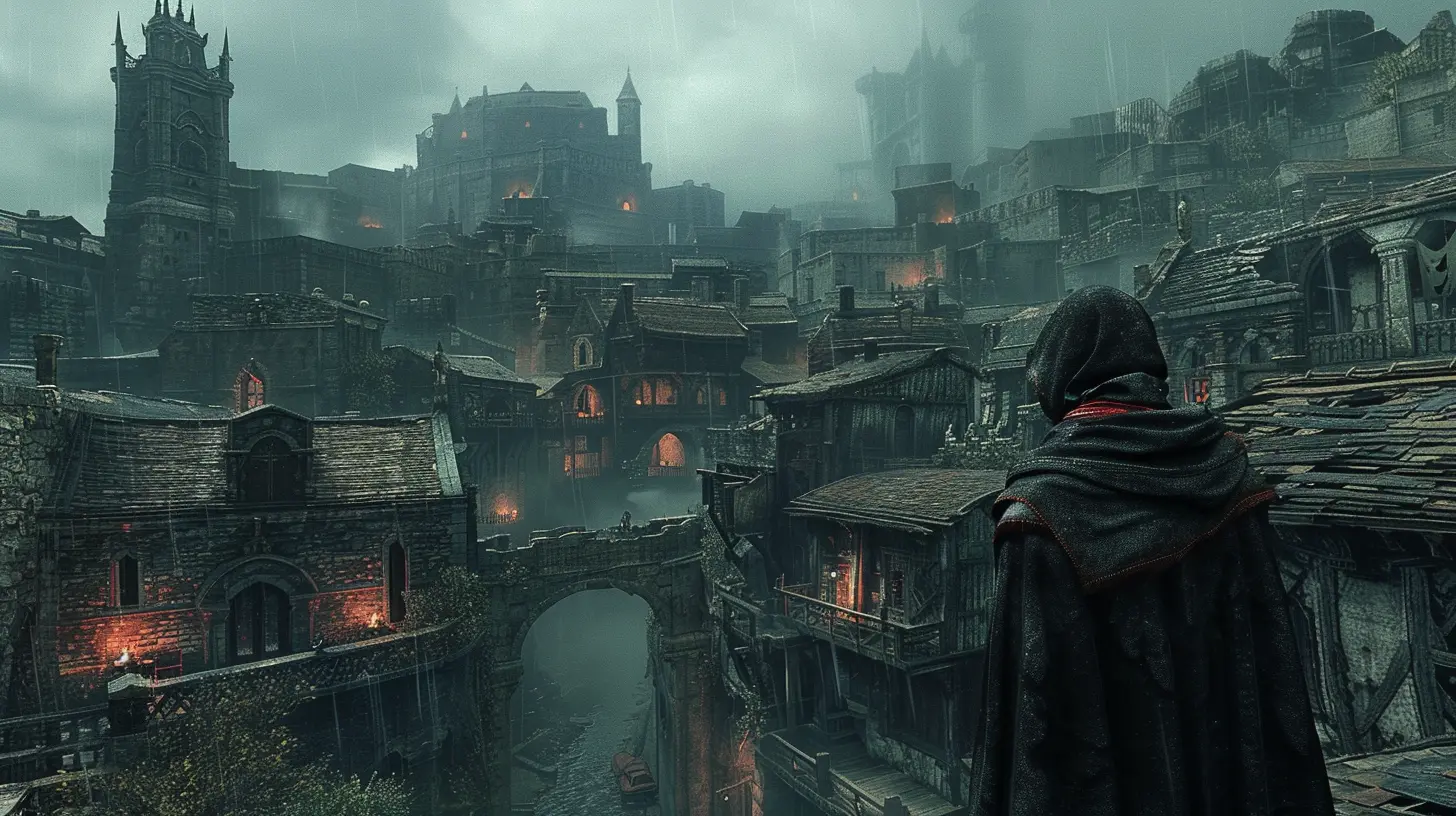
Why Single Player Games Lead the Artistic Charge
Now, let’s talk about why single-player games are the champions of artistic expression in gaming.Single-player games aren’t rushed by the chaos of multiplayer balance or leaderboards. They offer developers complete control over the player's experience—from the first button press to the final cutscene. That freedom? It's a creative goldmine.
And since there's only one player to worry about, devs can focus on deep, emotional storytelling and immersive environments instead of worrying about online lag or matchmaking systems.
You’re not just playing a game—you’re walking through a piece of someone’s imagination.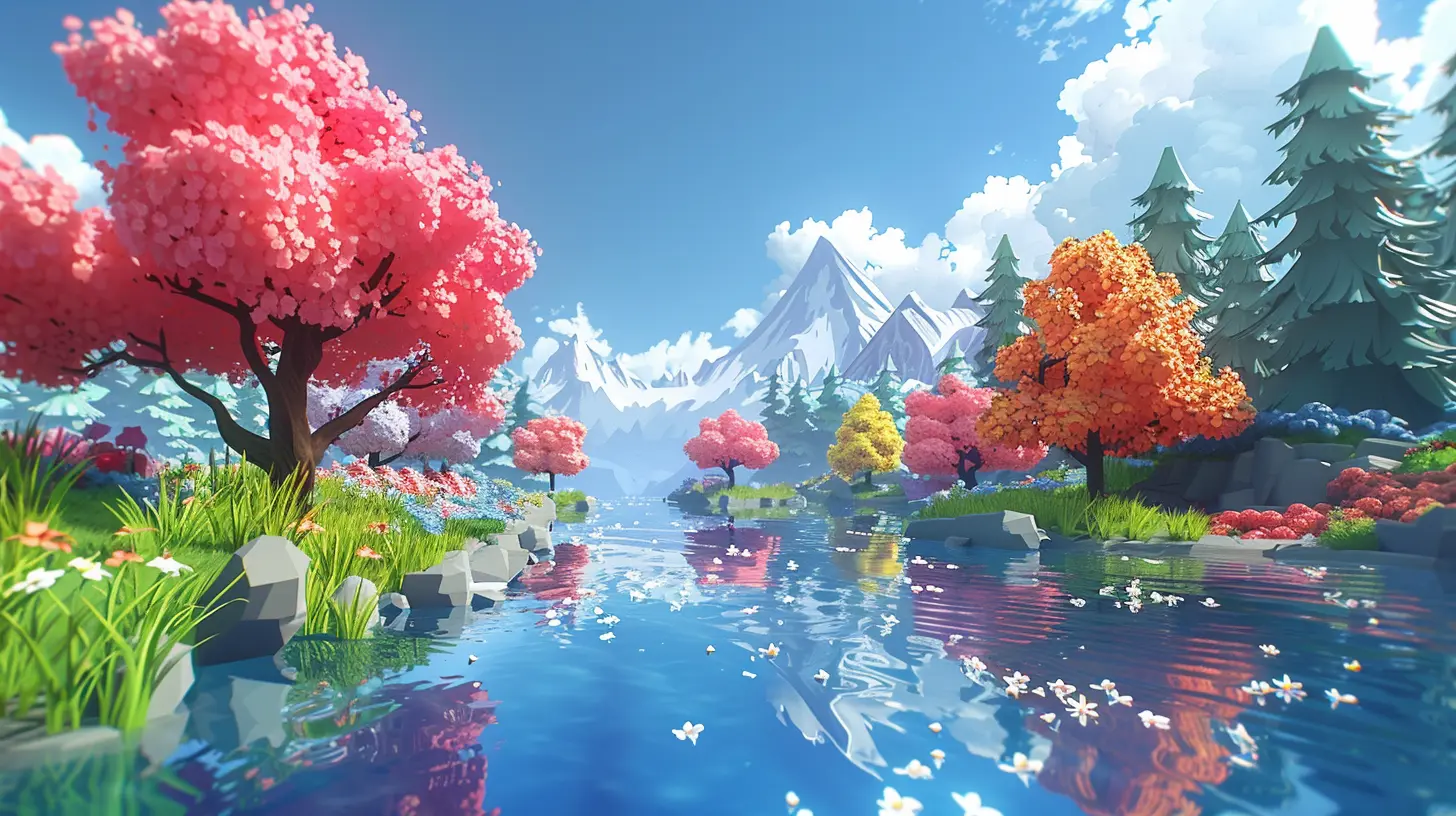
Storytelling and Art: Building Emotional Bridges
Alright, here’s where it gets juicy: storytelling in single-player games. A strong narrative can transform a game into something more than just a sequence of objectives.Let’s take a look at a few masterpieces:
🎨 Journey
This indie gem is a textbook example of how games can be pure art. There’s no dialogue, but every dune, every gust of wind, and every note of music tells a story. The minimalist design isn’t just beautiful; it’s purposeful.You don’t need words to feel something. The game speaks through its world. And that’s art.
🎮 The Last of Us (Part I & II)
Now, let’s swing the pendulum in the other direction—gritty and emotional storytelling. The Last of Us isn’t just a survival game. It's about love, loss, revenge, and what it means to be human.Here, gameplay and art go hand-in-hand. You’re surviving not only enemies but emotional trauma. The environments feel decayed yet breathtaking, echoing the broken world the characters are crawling through.
The art direction supports the story, and vice versa. That’s the magic.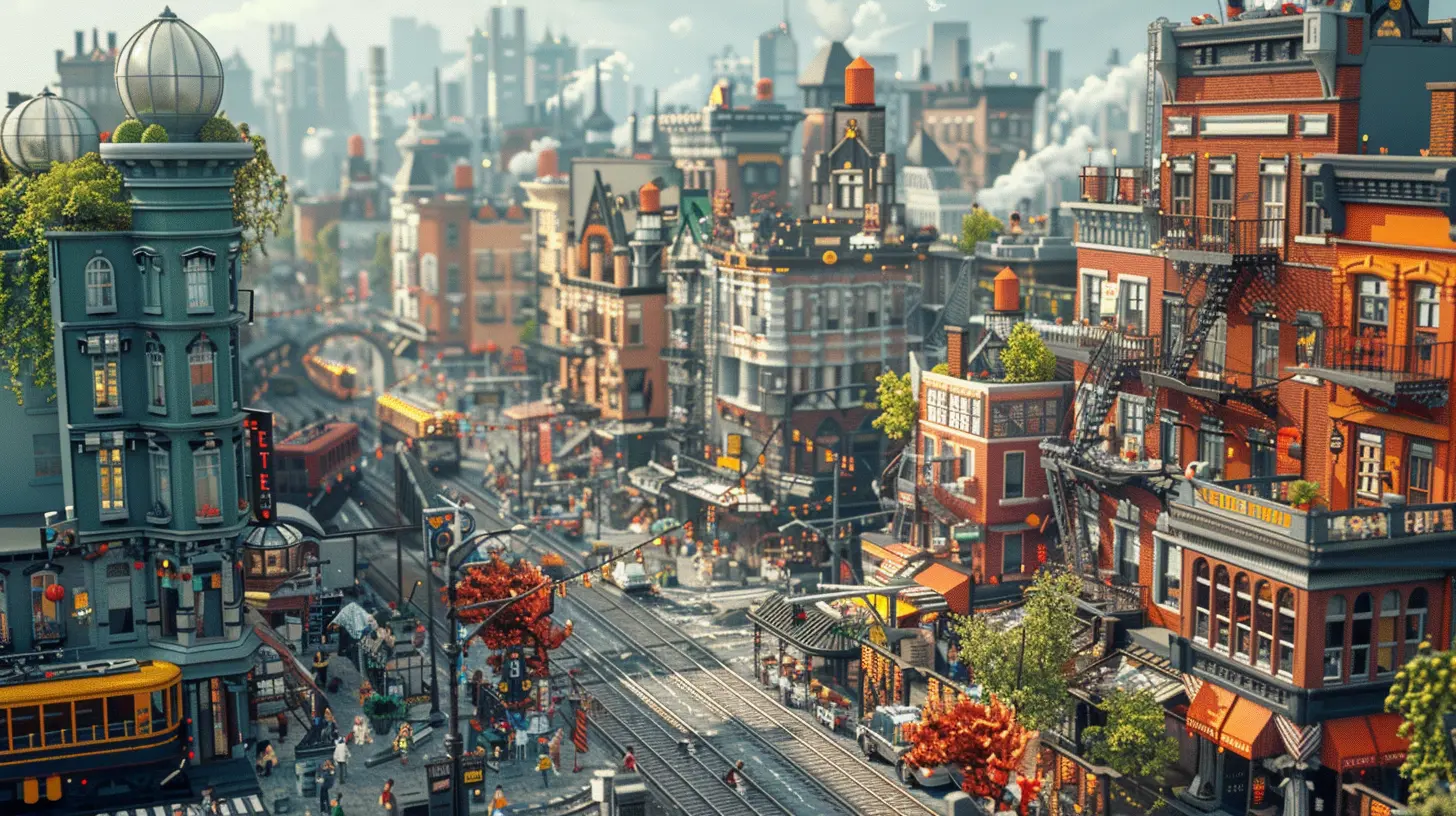
Gameplay as a Canvas: Where Mechanics Matter
Here’s a hot take: gameplay mechanics can be art, too.Think about it. The way your character moves, fights, or even dies can emotionally impact you. Game mechanics aren’t just tools—they’re storytelling devices.
🎭 Shadow of the Colossus
This game is haunting for all the right reasons. It’s just you, your horse, and 16 giant colossi. The world is silent and lonely. The battles are epic, sure, but also tragic.As you start slaying these majestic giants, guilt creeps in. Are you the hero or the villain? That emotional tension is baked into the gameplay itself. Brilliant, right?
💡 Inside
Another indie marvel. A side-scrolling puzzle platformer that barely uses color or sound. But oh boy, does it make you feel things. Every animation, every obstacle you overcome, is dripping with symbolism and unease.It’s a game where the gameplay is the art. No fluff. Just raw, thought-provoking design.
Visual Design: More Than Just Eye Candy
Of course, we have to talk about visuals. A game’s art style can be hyper-realistic, cel-shaded, pixel-based, or stylized—and each style tells a different kind of story.🌌 Gris
Gris is a watercolor painting in motion. It’s about loss, grief, and growth. The game’s art evolves as the protagonist heals, with colors returning to her world in harmony with her emotional journey.It’s not just pretty—every brushstroke has meaning. That’s the power of visual storytelling.
🧩 Hellblade: Senua’s Sacrifice
This one deserves a shout-out for blending psychological themes with visual design. The game uses visual distortion, binaural audio, and unsettling imagery to represent Senua’s struggle with psychosis.You're not just observing her journey—you’re experiencing it. The line between player and character melts away.
Sound Design and Music: Pulling the Heartstrings
Okay, visuals are cool, but let’s not forget about the audio. Music and sound effects amplify emotion. They guide you through tension, triumph, and tragedy.Games like:
- Ori and the Blind Forest
- Red Dead Redemption 2
- Firewatch
…use sound as a storytelling tool. An emotional soundtrack can say more than any dialogue could. Just like in movies, music in games creates mood, builds tension, and communicates feeling on a subconscious level.
Try playing these games with no sound. It’s just not the same. The music is part of the soul of the game.
Choice, Consequence, and Player Emotion
Another layer where gameplay and art intersect? Player choice.When a game responds to your decisions, it becomes a reflection of who you are. That’s a deep, artistic connection you won’t find in many other mediums.
🔄 Life is Strange
Every choice you make impacts the story. It’s a roller coaster, and the game makes you feel the weight of your decisions—like a painting that rearranges itself based on your brushstrokes.These aren’t just decisions; they’re moral dilemmas wrapped in layers of narrative and emotion. You’re the artist of your own experience.
The Rise of Indie Games Pushing Artistic Limits
Let’s give indie devs a round of applause. Without big studios breathing down their necks, they’re free to take risks. And those risks? They often lead to some of the most stunning and thought-provoking games ever made.Games like:
- Hades (Yes, even roguelikes can be art!)
- Celeste
- Kentucky Route Zero
- Disco Elysium
These titles aren’t afraid to be weird, abstract, or deeply introspective. They're proof that creative freedom fuels artistic expression—the kind that sticks with you long after the credits roll.
Why This Intersection Matters Now More Than Ever
We're in a golden era of single-player games. With next-gen consoles, better engines, and more accessible tools, there’s no limit to what creators can build.And as players become more engaged with storytelling and emotion, the demand for games that blend art and gameplay only grows.
We’re not just asking, “Is this fun?” anymore—we’re asking, “What does this mean?" That’s an artistic revolution.
What This Means for the Future of Gaming
Looking ahead, the fusion of art and gameplay in single-player titles is only going to get stronger. Studios are investing more in narrative design, hiring actual artists, musicians, and authors to bring their worlds to life.AI tools, VR, and interactive storytelling platforms are opening up new frontiers for artistic expression. Imagine stepping into a painting that reacts to your decisions. That’s where we’re headed.
Final Thoughts
At the end of the day, video games—especially single-player ones—are more than just entertainment. They’re love letters to imagination, empathy machines, and artistic experiences you can live through.When the brushstrokes of visual design meet the sculpting tools of gameplay mechanics, you get something magical. Something that can’t be boxed into a single genre or medium.
The intersection of art and gameplay is a space where creativity can flourish endlessly. And as gamers, we’re lucky to be living in the heart of that evolution.
So next time you boot up your favorite single-player game, take a moment to feel the art behind the action. Because chances are, you're not just playing—you’re participating in a masterpiece.
all images in this post were generated using AI tools
Category:
Single Player GamesAuthor:

Leandro Banks
Discussion
rate this article
1 comments
Dulce Blevins
In single-player games, the fusion of art and gameplay transcends mere entertainment, creating immersive experiences that challenge our perceptions. This intersection invites reflection on narrative, emotion, and the human condition, elevating gaming to a profound form of cultural expression.
September 8, 2025 at 4:41 PM

Leandro Banks
Thank you for your insightful comment! I completely agree that the fusion of art and gameplay in single-player games offers deep reflections on narrative and emotion, enriching our understanding of the human experience.

